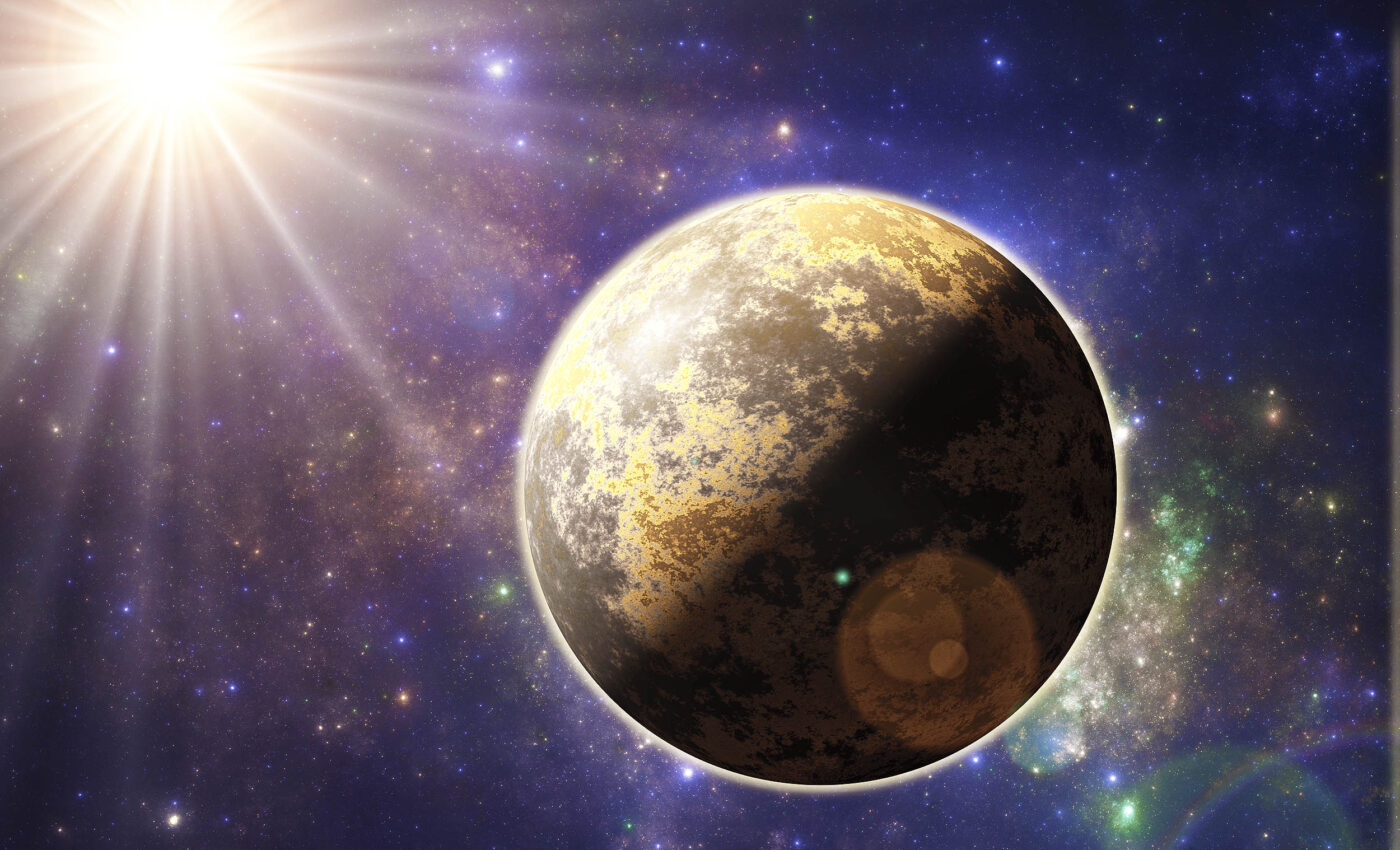
Pantetheine: Key compound suggests that life beyond Earth could be common
Billions of years ago, Earth was a fiery young world. Volcanoes erupted, oceans churned, and the key compounds of life were just starting to blend. Fast forward to today, scientists have made a discovery that sheds light on this mysterious time.
Researchers from University College London have created the compound pantetheine, a crucial ingredient for life, using conditions that mimic early Earth. This isn’t just science fiction; it’s a real breakthrough that helps us understand how life might have begun. The achievement also opens doors to finding life beyond our planet.
What is pantetheine?
Pantetheine is a vital molecule found in all living things. It’s part of a bigger molecule called coenzyme A (CoA), which helps cells with essential tasks like making energy, breaking down food, and building new molecules. But pantetheine isn’t just important for life today; it might also hold clues about how life began.
Some scientists believe pantetheine could be one of the very first molecules that appeared on the early Earth and paved the way for more complex life forms.
Creation of pantetheine
The researchers didn’t directly synthesize pantetheine from scratch. Instead, they designed a series of reactions inspired by the conditions and available molecules on early Earth.
This means they used simple building blocks like water, methane, and ammonia, which were likely abundant in Earth’s early atmosphere.
Pantetheine has a complex structure made of connected carbon atoms. The researchers linked these carbon atoms together, forming the basic skeleton of the molecule.
Intermediate pantetheine compounds
Building the frame isn’t enough. Pantetheine has unique functional groups that give it specific properties. The researchers used intermediate compounds like “sculpting clay” to refine the structure and add these groups. Here, nitriles come into play as critical intermediates.
Derived from simple precursors like hydrogen cyanide (HCN), nitriles are versatile molecules that can be transformed into a variety of functional groups found in biological molecules, including those present in pantetheine.
For the final touches, amino acid-like molecules played a crucial role in the final step. They provided energy for the reactions and helped guide the final arrangement of atoms.
Exciting discovery
What makes this study truly groundbreaking is that it demonstrates the formation of life’s building blocks at ordinary room temperature.
This exciting discovery suggests that these crucial molecules could have arisen not in extreme environments like volcanoes or space, but in the everyday settings of early Earth.
Origins of life
The study shows a realistic way to build pantetheine from basic materials like hydrogen cyanide and water. This changes our understanding of how diverse and potentially fertile early Earth was.
The results also change the way we see water’s role in the origin of life. Instead of just breaking down complex molecules, water could actually help build important ones like pantetheine. This means life could have begun in more places than we thought.
Critical new insights on pantetheine
The unique discovery suggests that key molecules for life, like RNA, proteins, and even pantetheine, might have formed together, not one after another. This challenges the popular “RNA world” idea, where RNA came first and led to DNA and protein life later.
The study hints at a complex network of prebiotic reactions. The network could have led to many different life molecules forming at the same time.
“This new study is further evidence that the basic structures of biology, the primary molecules that biology is built from, are predisposed to form through nitrile chemistry,” said study senior author Professor Powner from University College London.
“The ease with which different classes of biological molecules can be made using nitriles has convinced me that, rather than life being preceded by one molecule such as RNA, and there being an ‘RNA world’ before life began, the basic molecules of biology emerged alongside each other – a network of RNAs, proteins, enzymes and cofactors leading to the first living organisms.”
Broader implications
The research is exciting because it shows how a crucial building block of life, like pantetheine, could form under conditions that might exist on other planets or moons. This raises the possibility that life could be much more common than we think.
We could look for life beyond just Earth-like planets, expanding our search to places like icy moons with hidden oceans or planets with lots of nitrogen in the air.
Moreover, the process used to make pantetheine could be used to create other important molecules for life, opening new doors in the field of synthetic biology. We could build new drugs, materials, and even better understand the chemistry that makes life possible.
The study is published in the journal Science.
—–
Like what you read? Subscribe to our newsletter for engaging articles, exclusive content, and the latest updates.
—–
Check us out on EarthSnap, a free app brought to you by Eric Ralls and Earth.com.
—–













